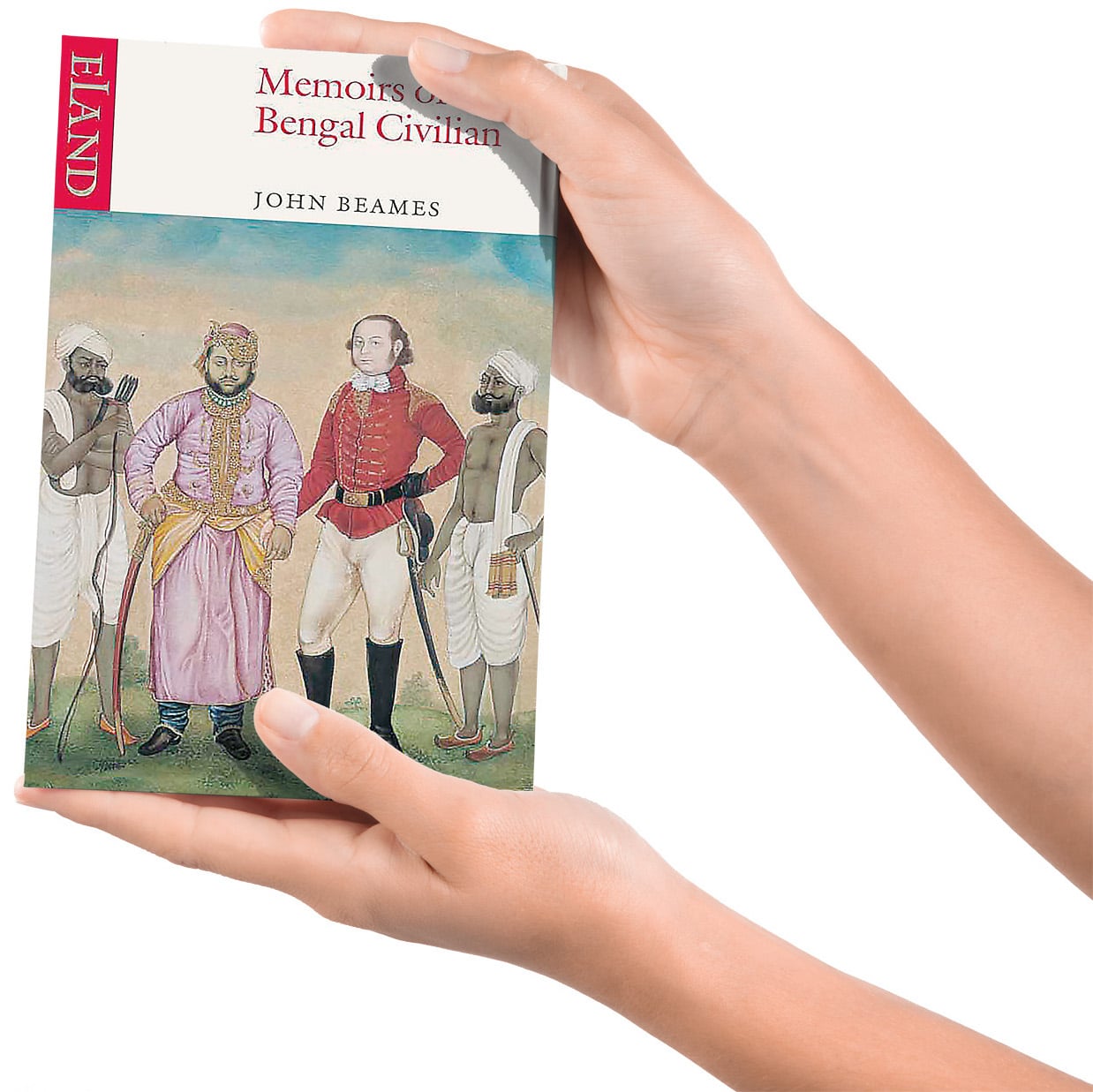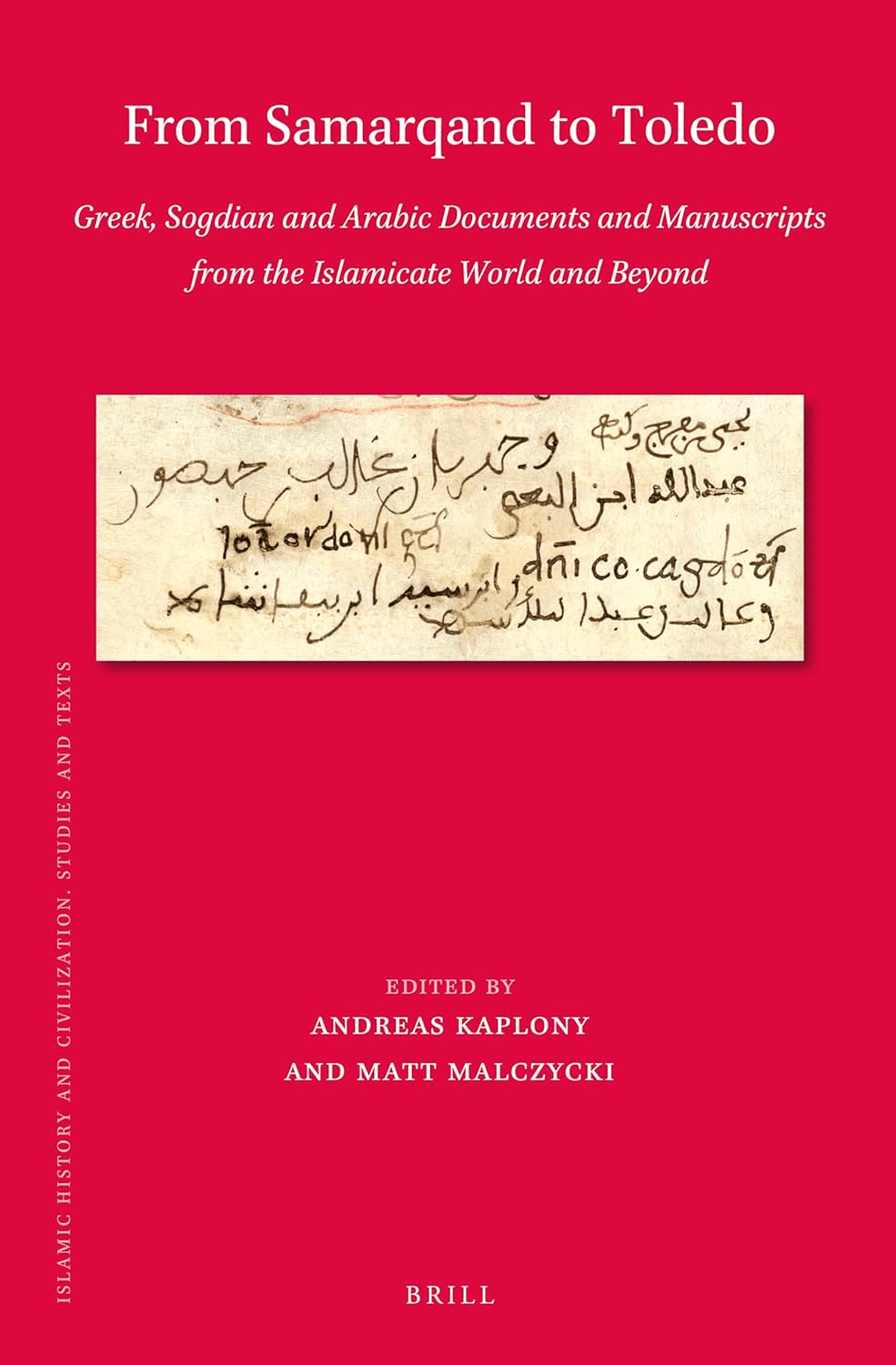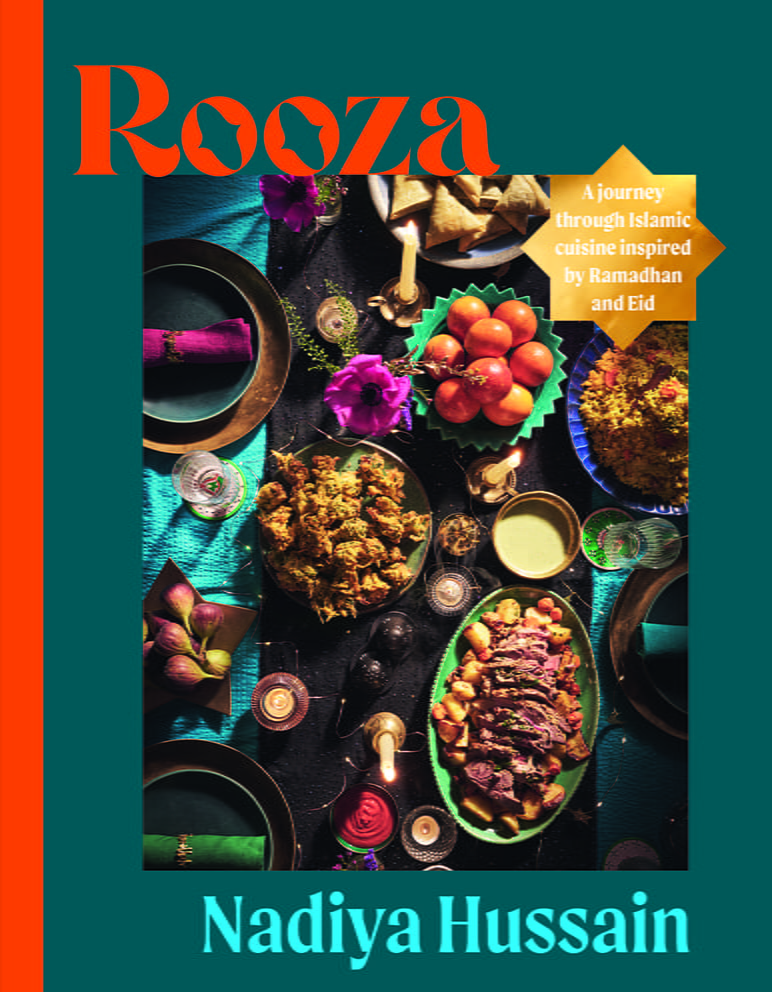
Memoirs of a Bengal Civilian
Dianna Wray
John Beames.
Eland Publishing, 2004.
Better Than Fiction: A Civil Servant's Life, Well Told
Here are the facts: Indian Civil Service employee John Beams worked in the South Asian Punjab region from 1858 to 1861 and the Bengal region from 1861 to 1893. A gifted linguist, he published a pioneering Bengali grammar book and endeavored to preserve Odia, an endangered Bengali dialect. He died a in 1903 a respected government employee and scholar.

Don't be fooled. Beames' recounting of his life story told with Dickensian flair, is as lively, insightful and entertaining as the gimlet-eyed Beames must have been.
Over the course of the book, Beames takes readers through his parents' marriage, his London youth, his growing love for his wife and most of his career. Beames' father had disapproved of the match, so much so that after the couple agreed to a two-year engagement, he sent the 19-year-old off to start his position in the Indian Civil Service in 1858, months after the British Raj (direct British rule, which would last until 1947) had been established.
From here, Beames brings us along as he marvels at the gleaming white structures of 19th-century Calcutta (now Kolkata), gets to know generous Punjab residents and traipses through the Bengal region's verdant fields.
Born in 1837, the year Queen Victoria ascended the British throne, Beames proves himself a man of his time, but throughout the book he shows his respect for other cultures. He learns to speak Sanskrit, Hindi, Bengali and Farsi and diligently observes local customs. Beames offers candid assessments of British government policies and actions, bluntly acknowledging decisions that result in a "stupid political mistakes, brutally carried out." He also makes his own mistakes, he admits, but tries to correct them. In one instance, residents of a small Punjabi town presented him with rupees as a wedding present. Beames, unable to accept the money and aware returning it would be seen as an insult, used the funds to throw them a feast.
Unfortunately, his narrative breaks off in 1887, in several years before his retirement. Although Beames started working on the manuscript in 1875, he had never finished it, and the work had gone unpublished until 1961 when it was discovered in an attic. His life proceeded quietly enough, with Beames spending his final years in England with his wife and children, but, reading over the facts, you'll find yourself wishing Beames had told the rest of the story himself.
You may also be interested in...

Old Documents Shed New Light on History in Book Connected to Ancient Islamic World
The painstaking work to recover history—one page at a time—is on brilliant display in this collection of essays focusing on early Arabic, Coptic, Greek, Hebrew, Latin and Sogdian manuscripts.
The Great British Bake Off Winner Nadiya Hussain Gathers Global Recipes in Culinary Celebration of Ramadan
Nadiya Hussain's diverse recipes highlight the global unity of Muslim cultures and cuisines.